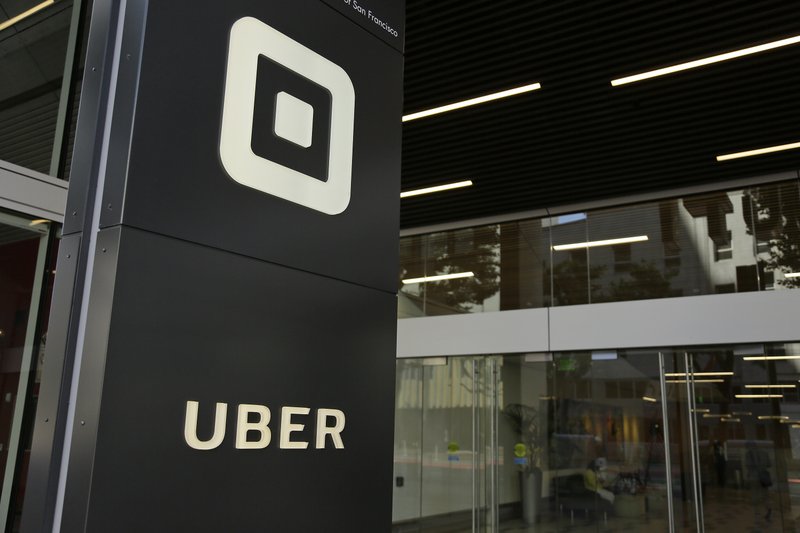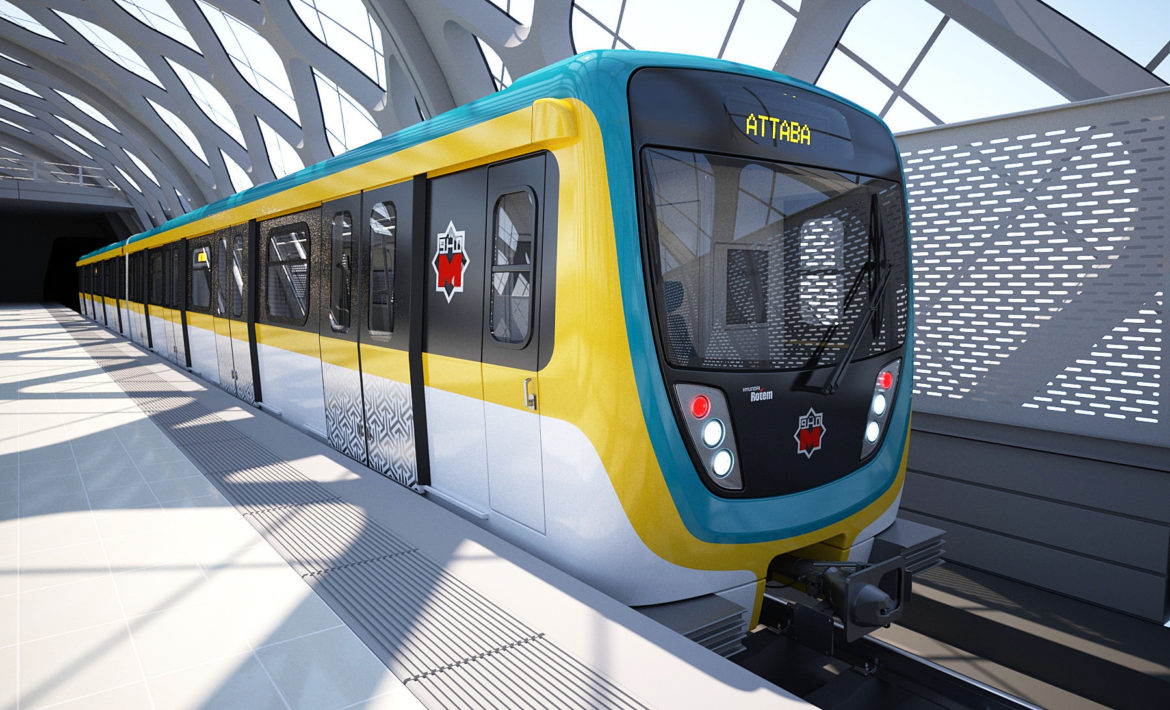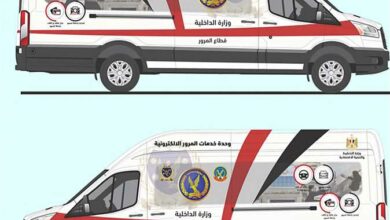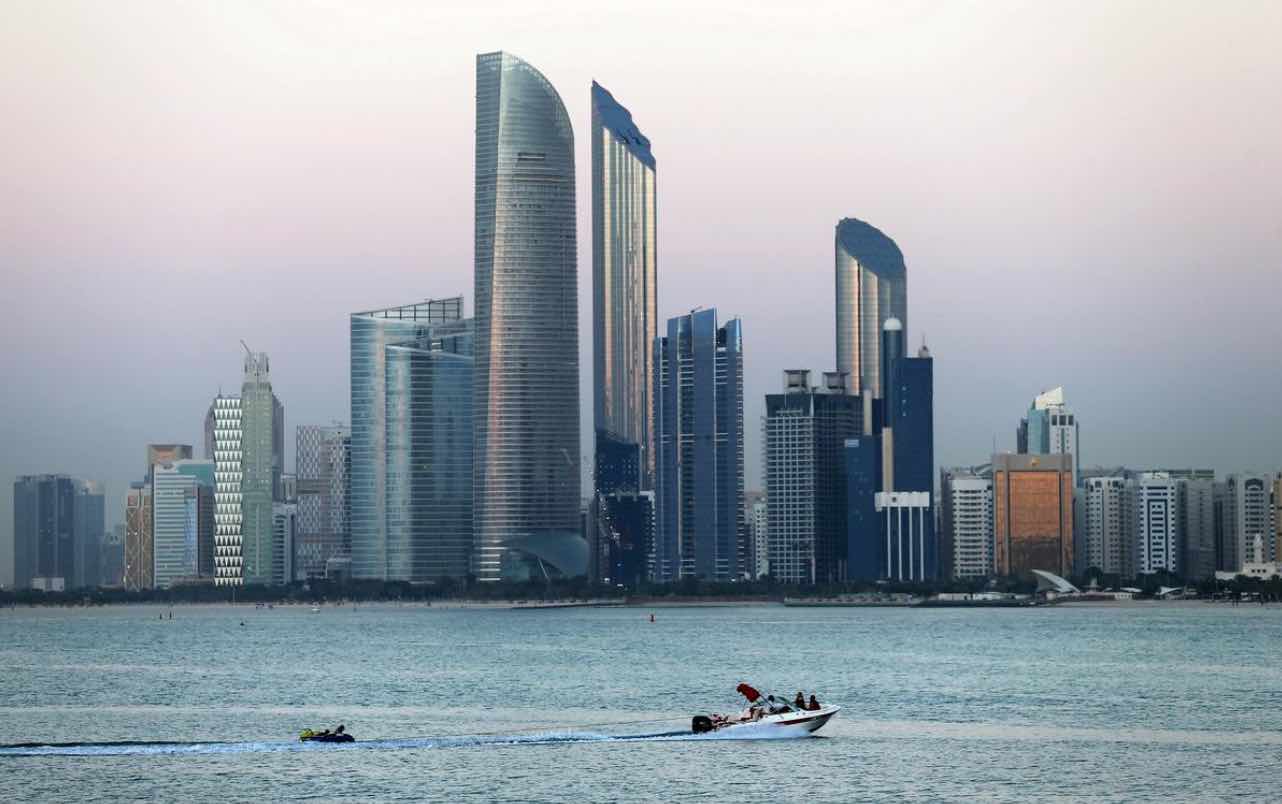The Green Arm of Nahdet al-Mahrousa hosted a presentation Wednesday evening entitled “The Streets of Cairo and the Battle of Public Space.” It looked at how public spaces could serve as a framework for solving Cairo’s urban planning challenges by re-establishing and reinforcing a nationwide sense of community.
Giving the presentation was Fady al-Sadek, managing partner at the Center of Design & Development (CDD), an architectural and sustainable planning firm in Cairo and Muscat. He has been heavily involved in research focused on Cairo and the sustainable remediation of its existing built environment.
The first part of the presentation looked at the function and value of public space in Cairo, and its correlation with social, political and environmental equilibriums.
“In urban planning, the continuous goal is to establish and create communities, rather than individual houses,” said Sadek. “By analyzing a city’s public spaces, it becomes possible to analyze the state and functionality of a given community.”
Public space, according to Sadek, refers not only to large outdoor areas, but any shape and form of publicly shared domain.
Stairwells and elevators are public spaces between apartments. The street is the public space between buildings. Parks and open areas are the public spaces between streets. Largely symbolic public spaces, such as Tahrir Square and Ramses Square, represent the public space of the city at large – the extension being the transport systems, which reflect the connectivity of a city’s public spaces.
As nodes for citizens from all walks of life, the nature of Cairo’s public spaces is therefore representative of the state of the community.
Through graphs, Sadek pointed out that as public space gets used up or limited, the quality of urban-dwellers' experience decreases.
Due to the complex state of Cairo’s urban planning infrastructure, with years of negatively compounded expansion, analyzing its public spaces provides a practical tool to measure, address and slowly unravel the issues systematically.
“Good spatial planning should shape our urban environment,” according to the UK's Commission for Architecture and the Built Environment. “It allows us to respond to complex needs at the most appropriate scale – whether regional, city or neighborhood.”
Sadek said Cairo’s public spaces have long been in a state of decline due to three factors: privatization, traffic, and a lack of funding.
He added that over-privatization generally creates interclass segregation, and statically expanding road infrastructures creates traffic – the effects of which are manifest in Cairo’s public spaces.
City Stars mall, for example, is built on land designated public space by law, but through privatization and questionable construction grants, the land has became semi-public, as now not all citizens – namely the poor – are welcome.
Elsewhere, breaking housing regulation laws to allow for buildings twice the legal maximum height means the destruction of local public spaces through over-congestion.
Meanwhile, Cairo is also increasingly designed for private car owners and tourists, which further turns public space into semi-public space.
Sadek said disrespect for Cairo’s public spaces, and therefore the connectedness of its citizens, has resulted in urban planning disasters, such as the large informal expansions that now accommodate approximately 60 percent of Cairo’s population.
This disrespect has not only meant over-congestion and poor planning. The majority of Cairenes have become alienated from their own city because the common ground no longer belongs to them.
Overcoming this division is one of the biggest challenges facing urban planners: How can Cairo, formal and informal, be progressively brought back together?
These issues stem from imbalances between social, economic and environmental drivers, as well as between the cycles of culture, law and the built environment. Recognizing and establishing public spaces allows for a practical planning methodology.
In this vein, public spaces play four vital roles: opening channels of communication among the communities of Cairo; rebuilding the relationship and trust between residents and planning authorities; bridging the gap between the macro and micro urban scales of planning and development; and the establishment of bottom-up rather than top-down developments.
To present this idea, Sadek reviewed the history of some of Cairo’s vital public spaces, one being Ramses Square.
“Ramses Square is the epicenter of Cairo,” he said. “It is the epicenter of the transport systems, both local and intercity, as well as the crucial meeting point of Islamic Cairo, informal and formal Cairo, and the old and modern cities.”
Despite previously failed attempts, and the willful ignorance of stakeholders, Sadek believes that the re-establishment of Ramses Square as a public space for people from all walks of life – to travel to other cities, change modes of transport and engage with all socioeconomic classes – could serve as the symbolic seed for what is necessary for Cairo’s future holistic, urban design.
To develop this point, the example of Al Azhar park was used: an old trash dump transformed into Cairo’s finest green public space. The space now very successfully bridges the gap between the more affluent, modern east side of the park with the western, semi-informal side. A further economic and communal agreement is that east side residents pay LE5 entrance while west side residents pay LE1.
Sadek believes that respect for public space is at the root of what is needed to reinstate a lost nationwide sense of community. It would present the groundwork for what is fundamentally needed to overcome most of Cairo’s urban planning challenges.
In the last part of the presentation, Sadek moved to theoretically portray his point by imagining Greater Cairo divided up into 200 regions, with 100,000 inhabitants each. Each region would elect five to ten representatives, from different walks of life, to manage public spaces, which would be maintained through local taxes, turning Cairo’s urban planning concerns into micro concerns. Simultaneously, the public transport sector could focus on connecting the centers of these 200 regions, creating the framework for transforming the micro into the macro.




